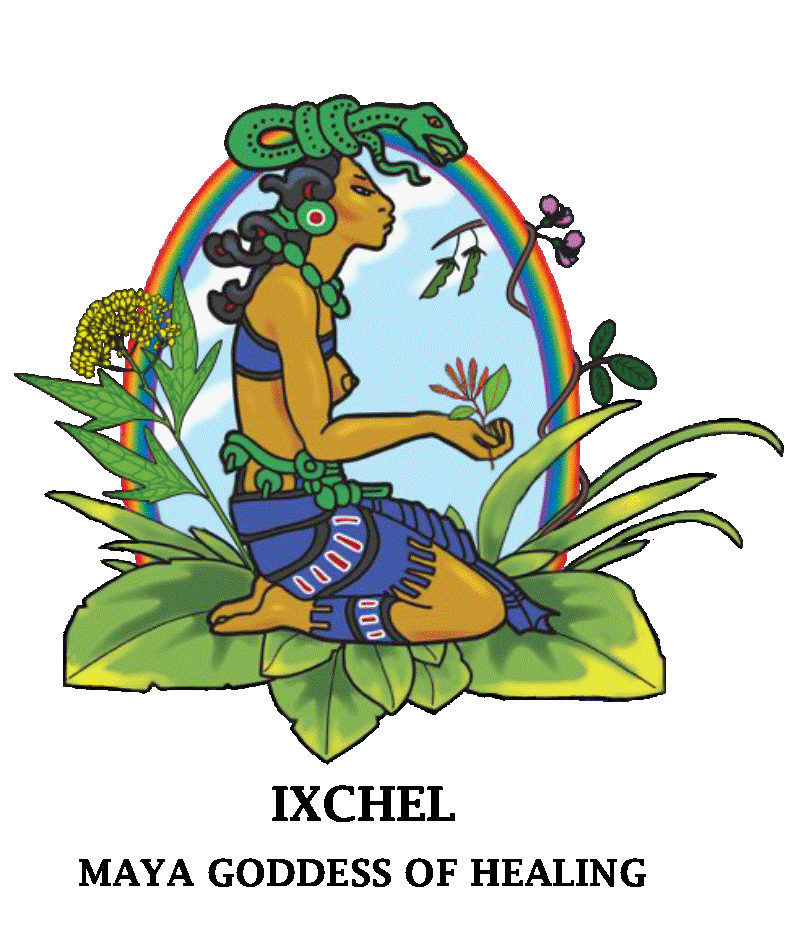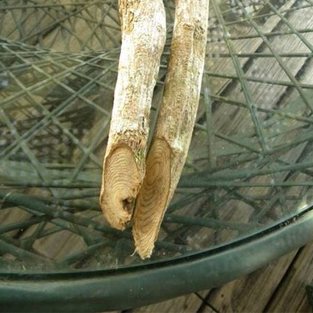- Arco-Iris
- Sep 14, 2020
- 2 min read
China Root, Cuculmeca, Sarsaparilla, Red Wild Yam, Wild Sarsa, Pu Ja (Mopan Maya) scientifically known as: Smilax sp. is another important herb in our Formulas. It is part of the Female Tonic, the Blood Tonic, Hortense Formula and the Jungle Juice. China Root is a woody vine that grows up to 50 m long, a member of the lily family. It produces small flowers and black or red berries which the birds like. The name sarsaparilla comes from the Spanish word zarza (bramble), parra (vine), and illa (small)—a small, brambled vine, the stems are covered with prickles. For medicinal purposes the root is used. It is long and tuberous and can spread 6–8 feet. It is almost tasteless and has no smell. The name China root was given to her because healers need to dig deep into the earth – they say: “we have to dig deep down to China”. China Root has been used for centuries by traditional healers of Central America for sexual impotence, rheumatism, skin ailments, and as a general tonic for physical weakness. When Rosita put the formula of our Jungle Juice together her intention was to offer a nice juice, which is healthy and tasty and so especially helpful for anemic children, weak and elderly people. Sarsaparilla has long been used in Peru and Honduras for headaches and joint pain, and against the common cold. Many shamans and healers use China Root internally and externally for skin problems such as psoriasis and dermatitis. A Smilax root from Mexico was introduced into European medicine in 1536. Since this time, Smilax roots have had a long history of use for syphilis and other sexually-transmitted diseases throughout the world. From the 1500s to present, China Root has been used as a blood purifier and general tonic, diuretic and also has been used worldwide for gout, syphilis, gonorrhea, rheumatism, wounds, arthritis, fever, cough, hypertension, digestive disorders, psoriasis, skin diseases, and cancer. China Root is a strong blood builder with a rich source of iron, calcium and other minerals, natural plant steroids and saponins. Flavonoids in China Root have immune modulation and liver protective activities. A U.S. patent was awarded in 2003 describing these flavonoids to be effective in treating autoimmune diseases and inflammatory reactions through their immunomodulating effects. Smilax steroids have the ability to treat senile dementia, cognitive dysfunction, and Alzheimer's disease. On our Arco Iris Farm China grows abundantly. When we harvest with gratitude and prayer we always leave some of the root in the ground to proliferate. China Roots is also building the blood by connecting the first chakra with the earth and raising the earth elements up into your energy field. When your earth element is out of balance you can use Smilax to ground yourself.





















